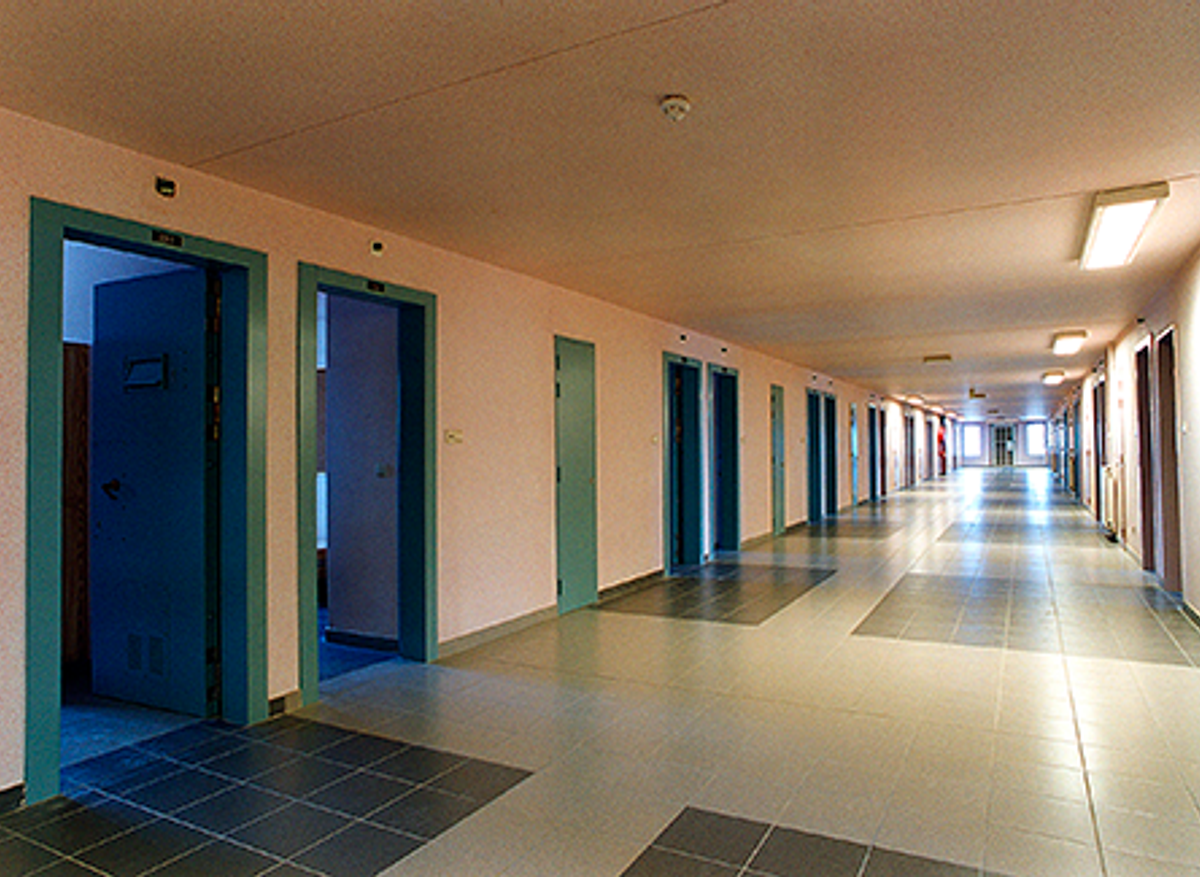- You are here:
- Homepage
- Events
- Past Events
- ICPA Antwerp 2023
- Facility Visits

Prison of Beveren
-
entrance building
-
services building, including courtrooms, visit facilities
-
cellular complex with wings offering closed and more open regimes
-
logistics and inmates’ workhouse building

Prison of Beveren
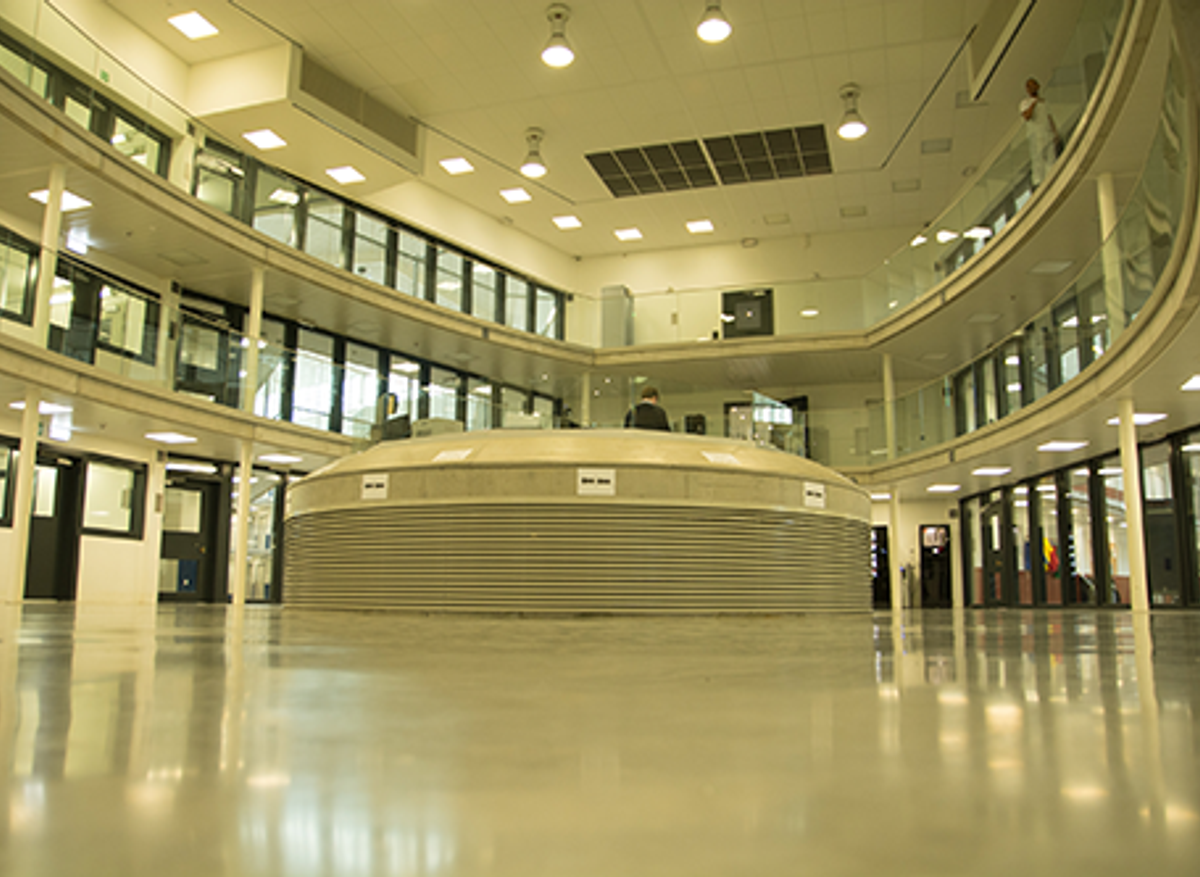
Prison Beveren
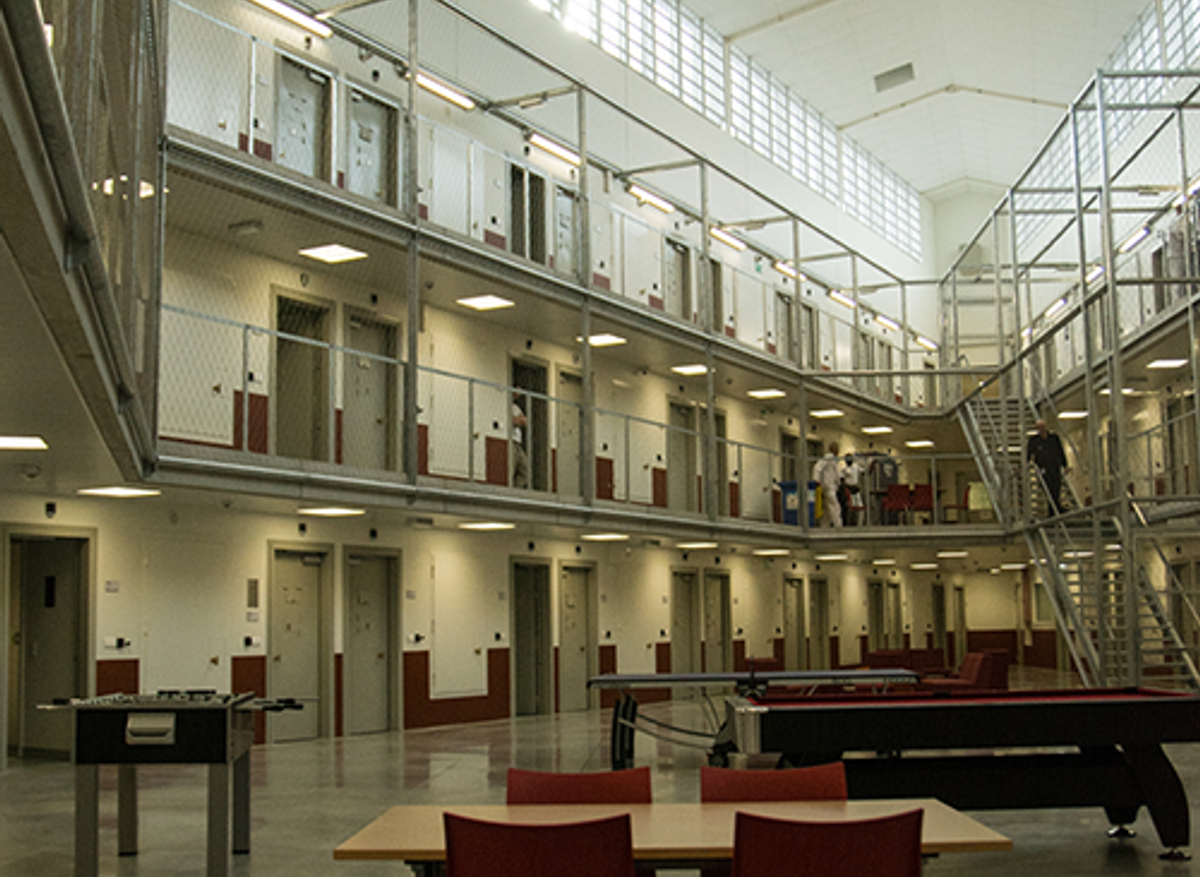
Prison of Beveren
Prison of Hasselt
-
a section for those in custody
-
two sections for inmates serving long prison sentences
-
a small section for inmates serving short prison sentences
-
a separate section housing female inmates
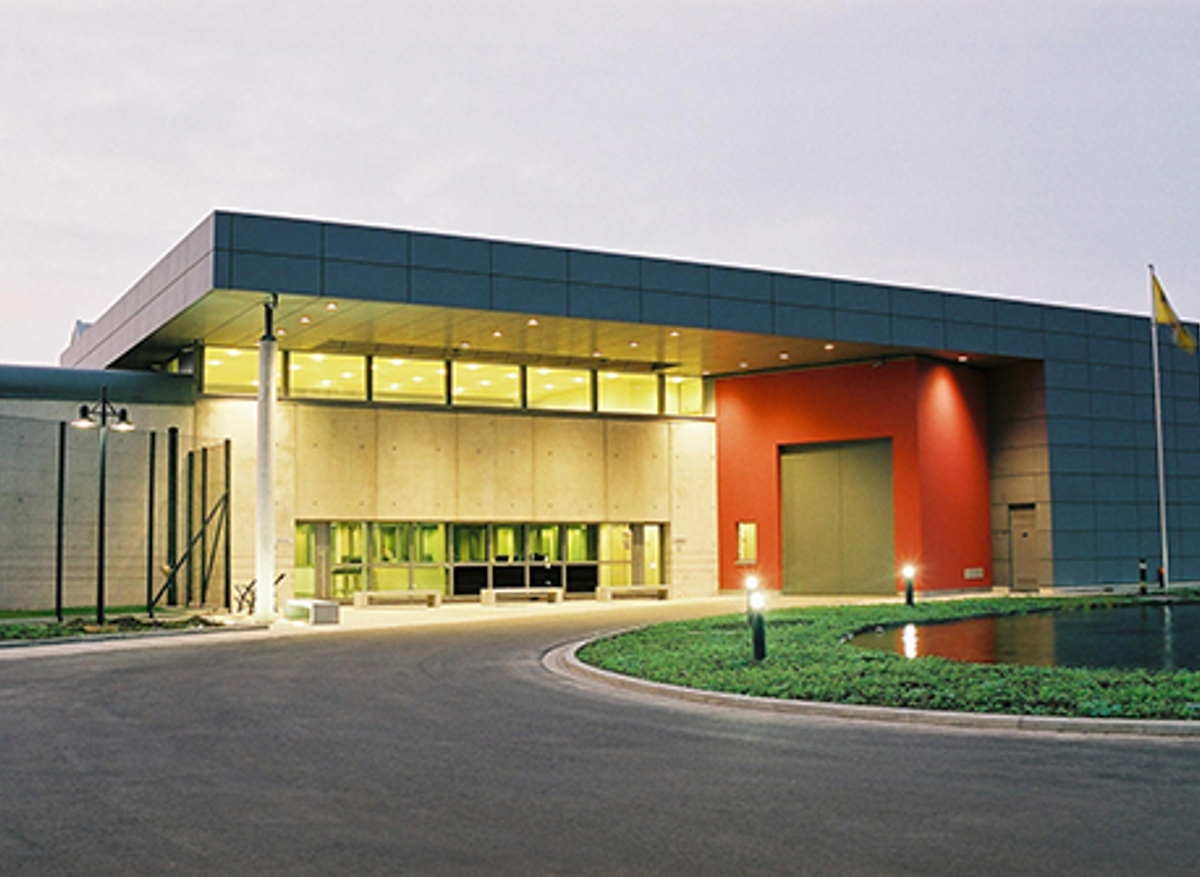
Prison Hasselt
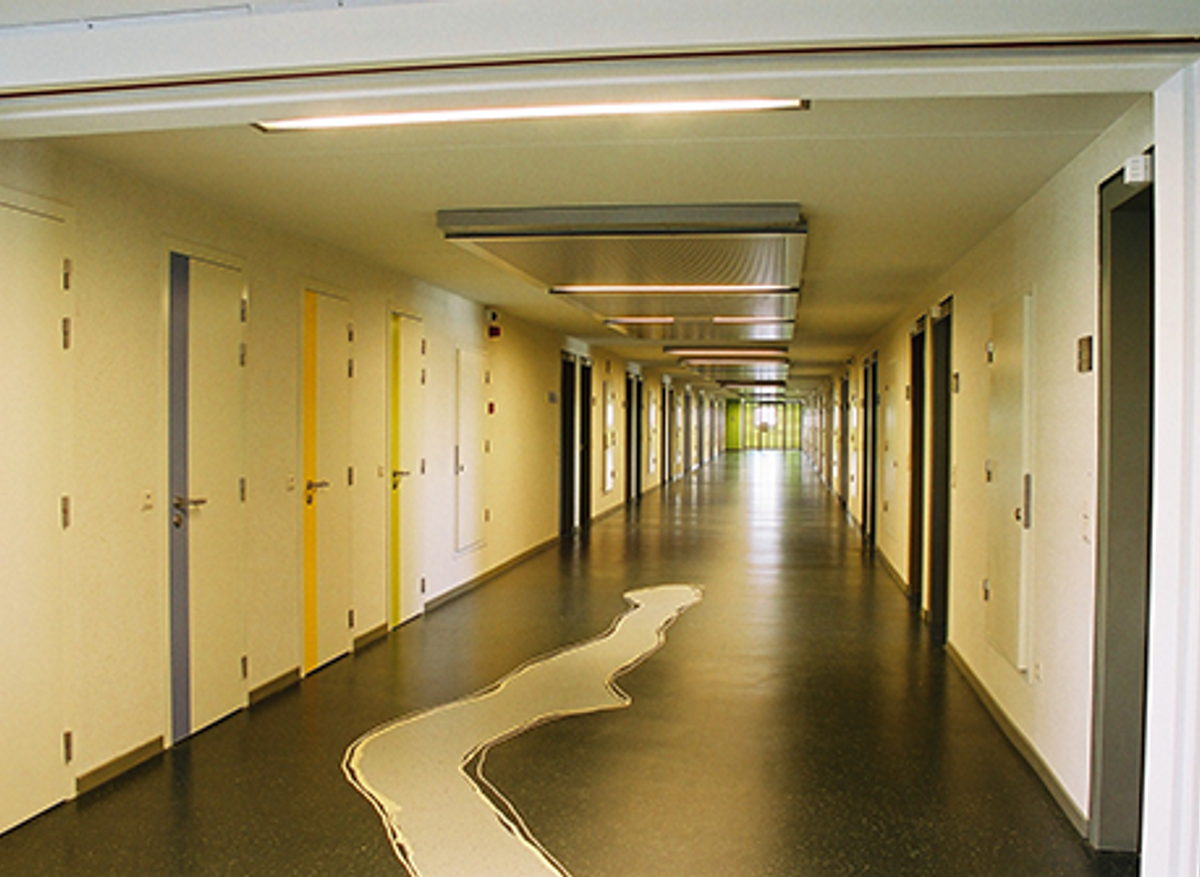
Prison Hasselt
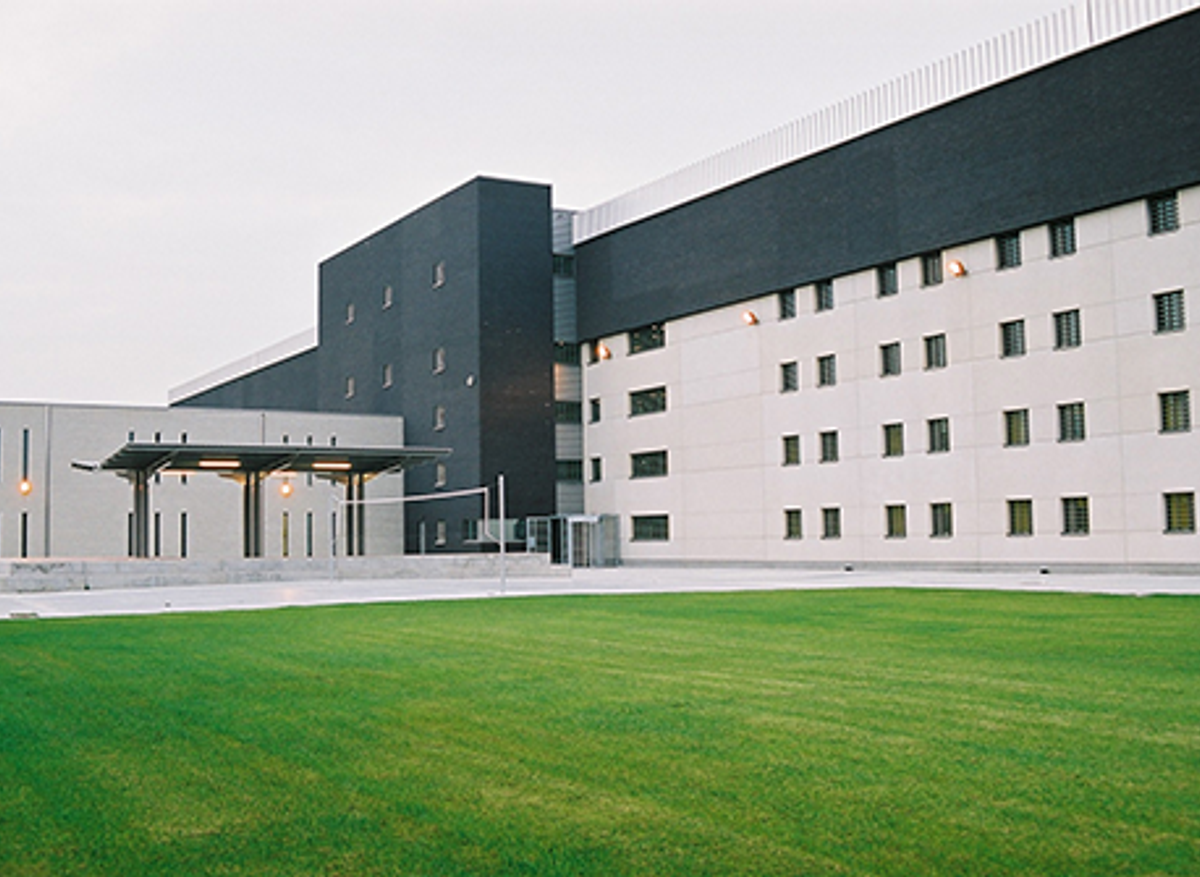
Prison Hasselt
Prison of Dendermonde
-
entrance building, including e.g. courtrooms
-
services building, including e.g. visiting facilities, classrooms
-
cellular complex:
-
cells equipped with a shower
-
a specific regime per wing
-
-
logistics building, including large workhouses

Prison of Dendermonde
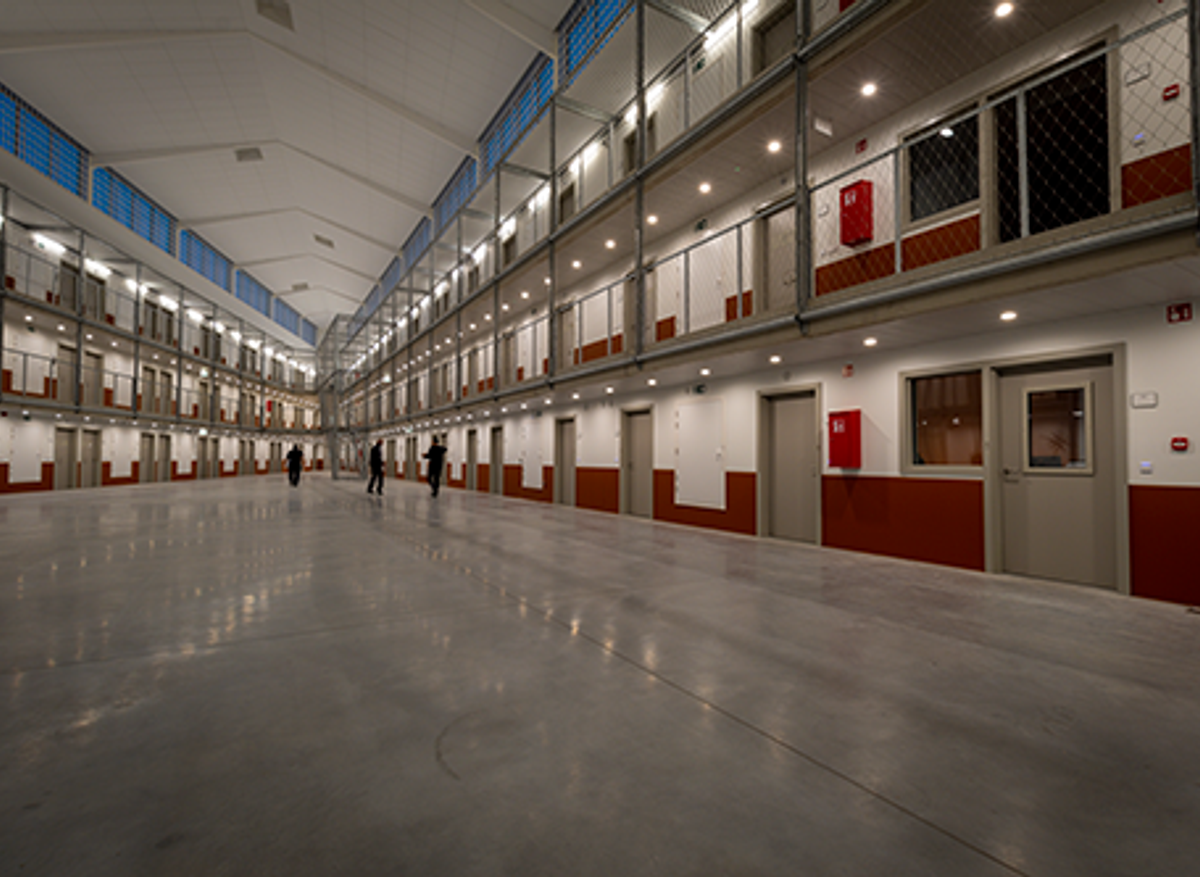
Prison of Dendermonde

Prison of Dendermonde
Prison of Haren
Located in the Brussels region, the prison of Haren opened in the fall of 2022. With a capacity of 1190 places, it is the largest prison in Belgium. It is both a remand prison and a prison for convicts and accommodates men and women. There is also mother and baby unit on site as well as a psychiatric section, a medical centre and a secured clinical observation centre.
Consisting of 19 buildings, each with its own function and with mutual interaction, it is more a prison village than a regular prison. There are buildings housing inmates and buildings with communal facilities. Allowing inmates to walk around autonomously on site, in a secure manner, contributes to their independence.
The residential buildings are divided into separate living units where inmates live together in small groups. They are also arranged in such a way as to encourage inmates to do chores similar to those in normal life. The different units allow for a tailored approach and regime, ranging from (more) open to high-security zones. Central buildings with communal facilities are the so-called ‘town hall’ where inmates can go for all kinds of services and activities as well as the entrance building. There are also buildings with workhouses, logistics services, staff canteen, offices for staff, etc.
The new prisons of Haren and Dendermonde are the first Belgian prisons where custodial tasks are carried out by detention counsellors and security officers, new specialised staff roles replacing the sole role of prison officer.
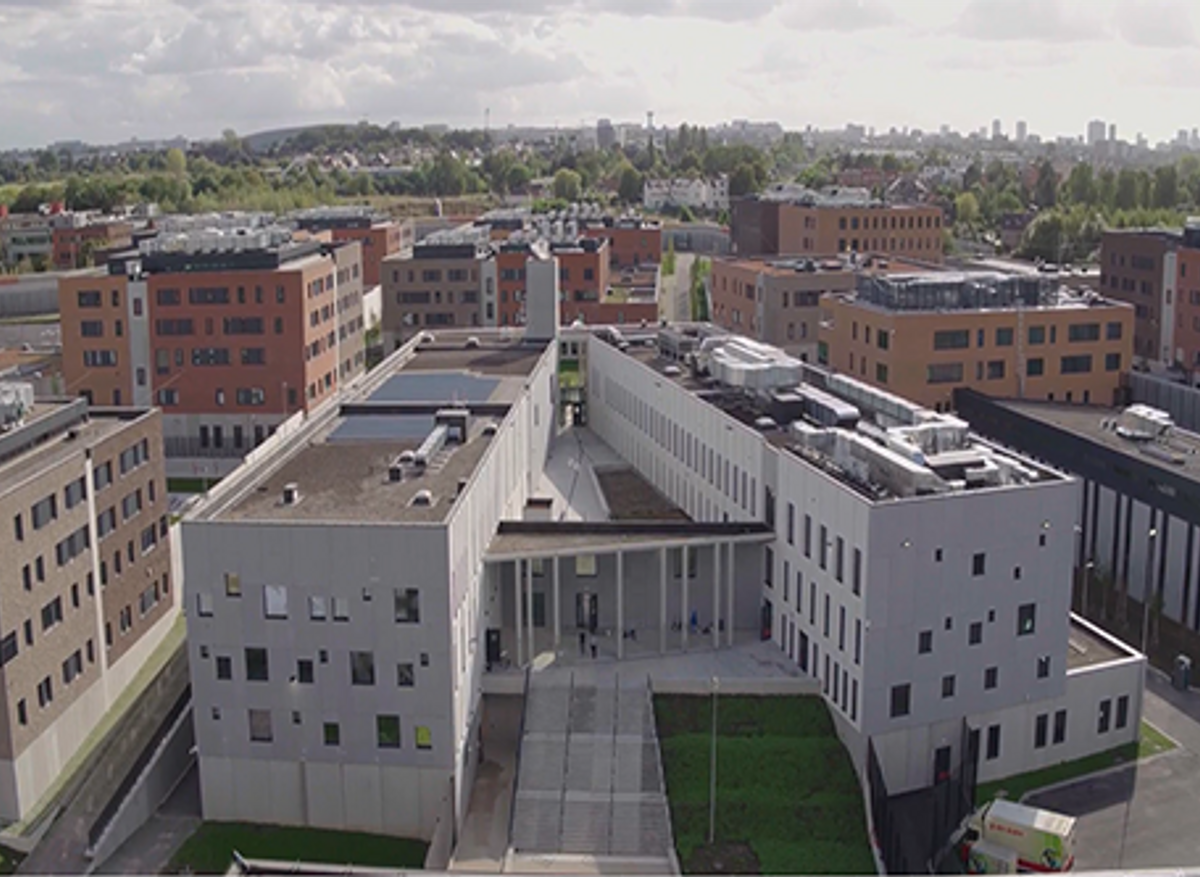
Prison of Haren
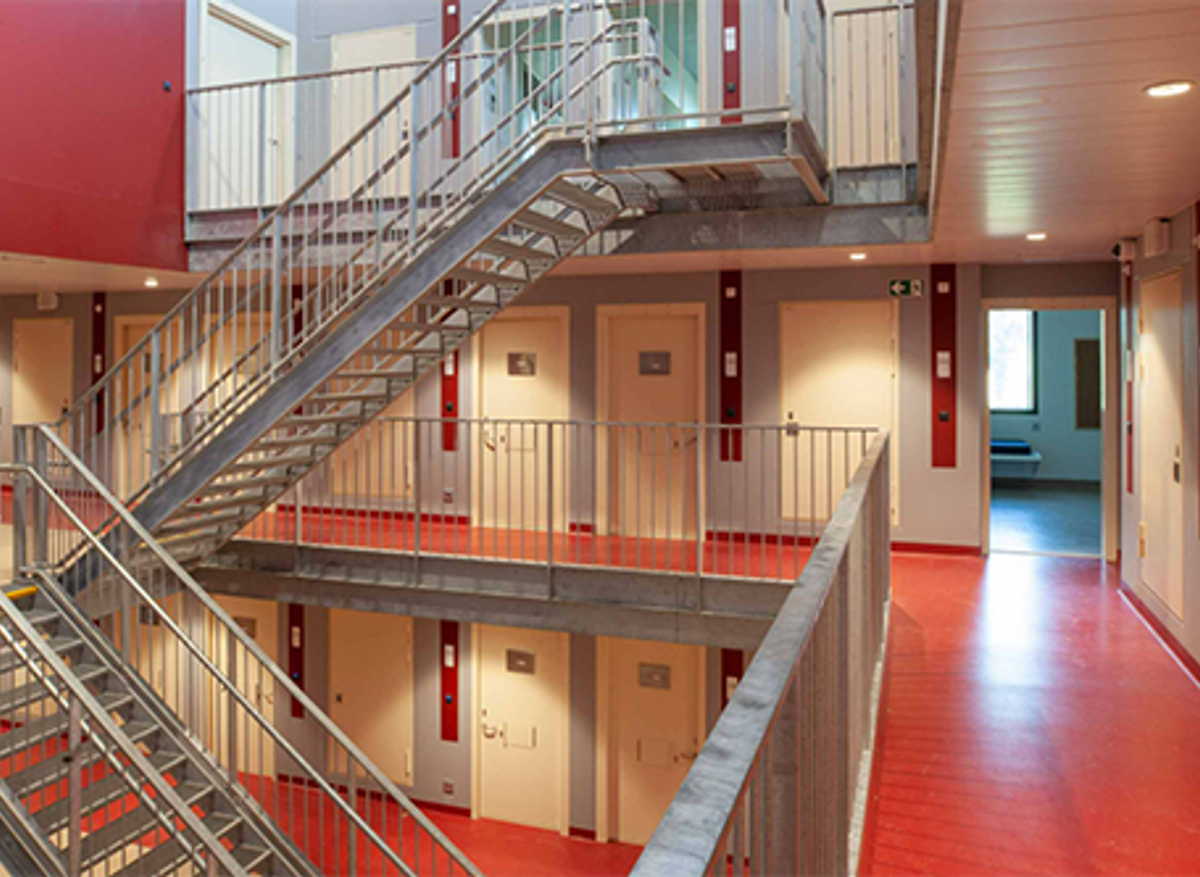
Prison of Haren

Prison of Haren
Forensic Psychiatric Centre Antwerp
The Forensic psychiatric centre in Antwerp (FPC Antwerp) is a treatment centre that admits patients who have committed offences because of a mental disorder but who do not belong in a prison. In the FPC, these patients with high security needs receive tailored care and treatment in a secure setting. The treatment aims to reduce risk factors and recidivism. The ultimate goal is for patients to return to society in a safe and responsible manner, or to transfer to a less secured environment.The FPC Antwerp opened in August 2017 and accommodates at its full capacity 182 patients, both men and women (a maximum of 10% of the beds are reserved for women).
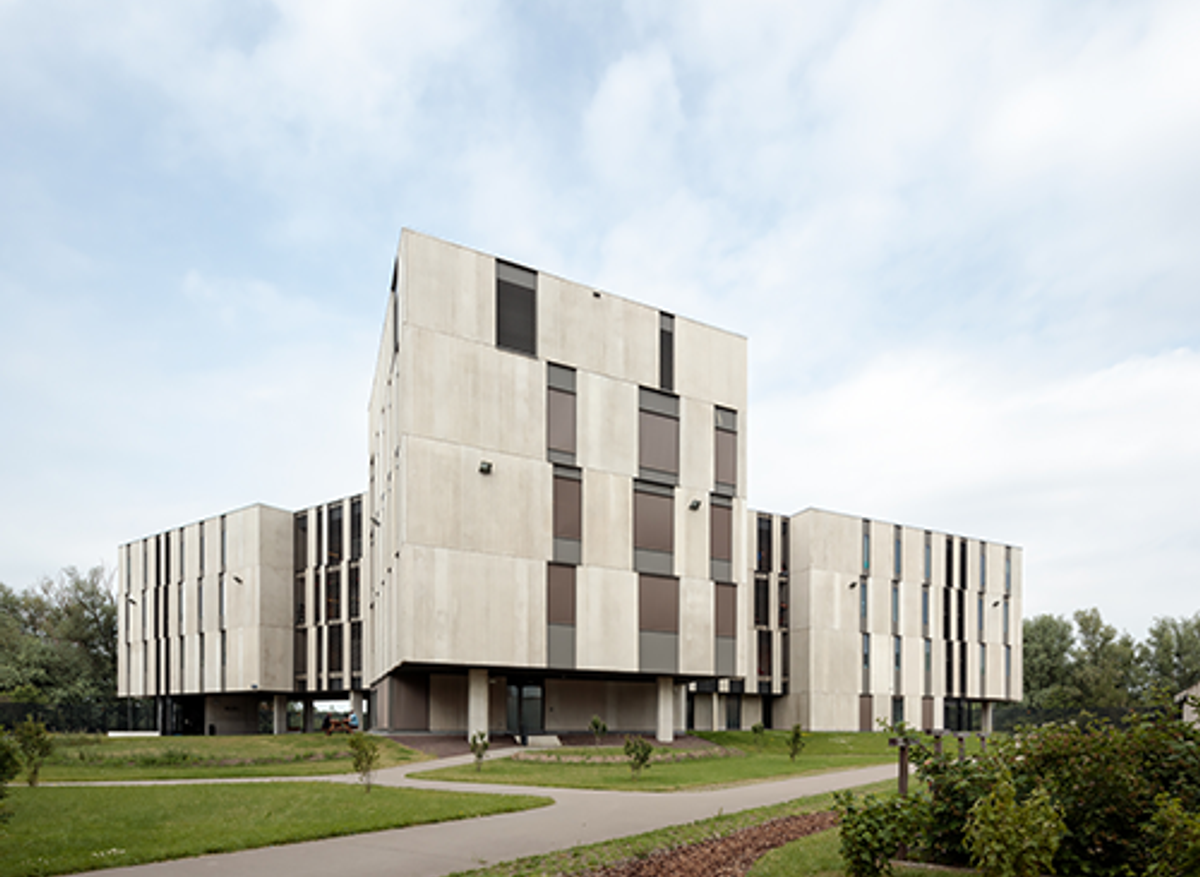
Forensic Psychiatric Centre Antwerp
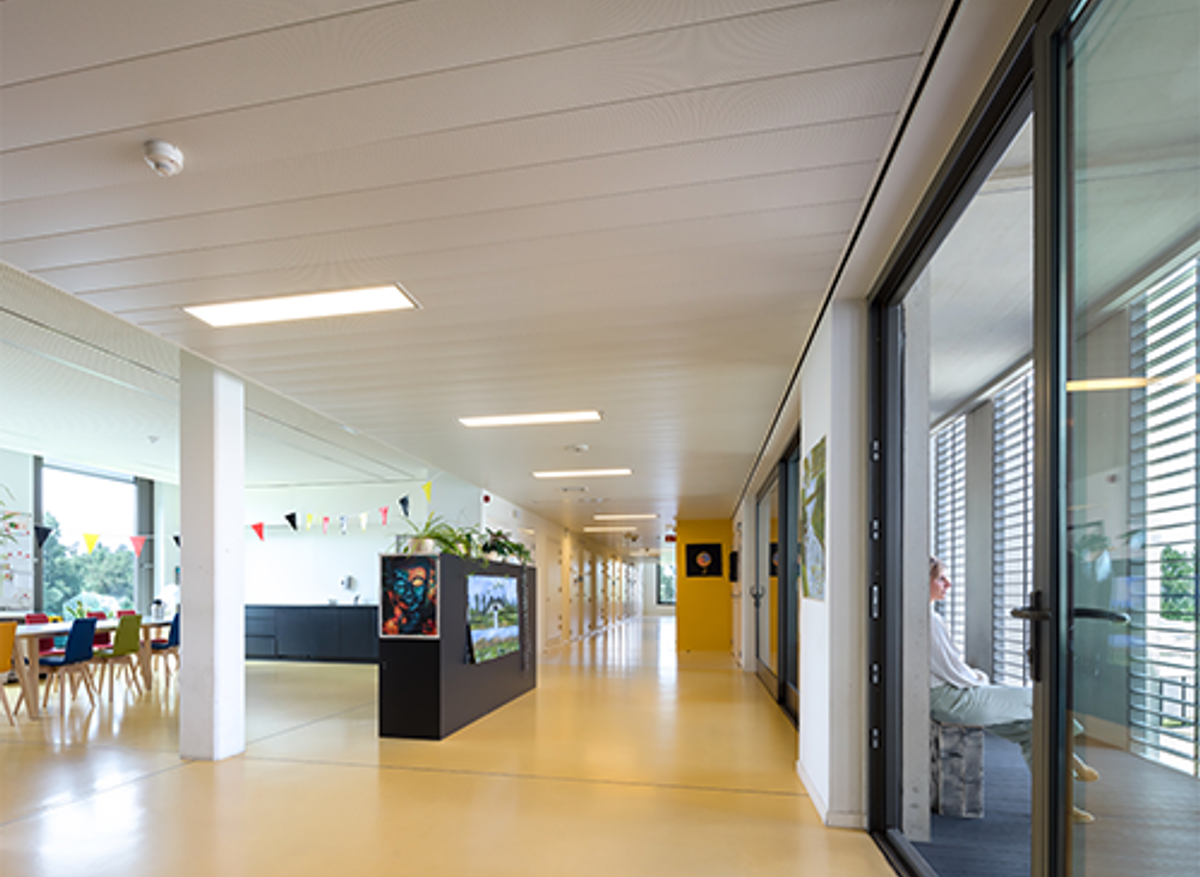
Forensic Psychiatric Centre Antwerp
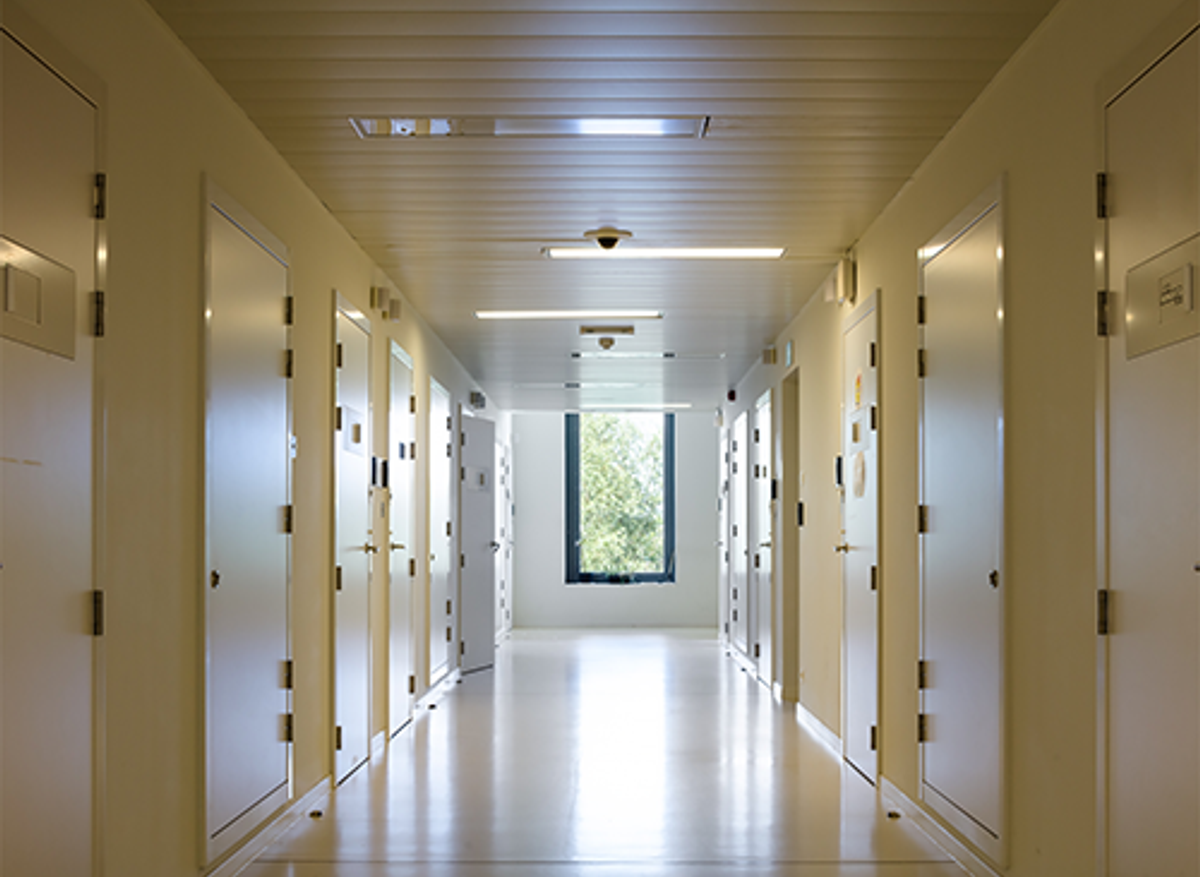
Forensic Psychiatric Centre Antwerp
Prison of Leuze-en-Hainaut
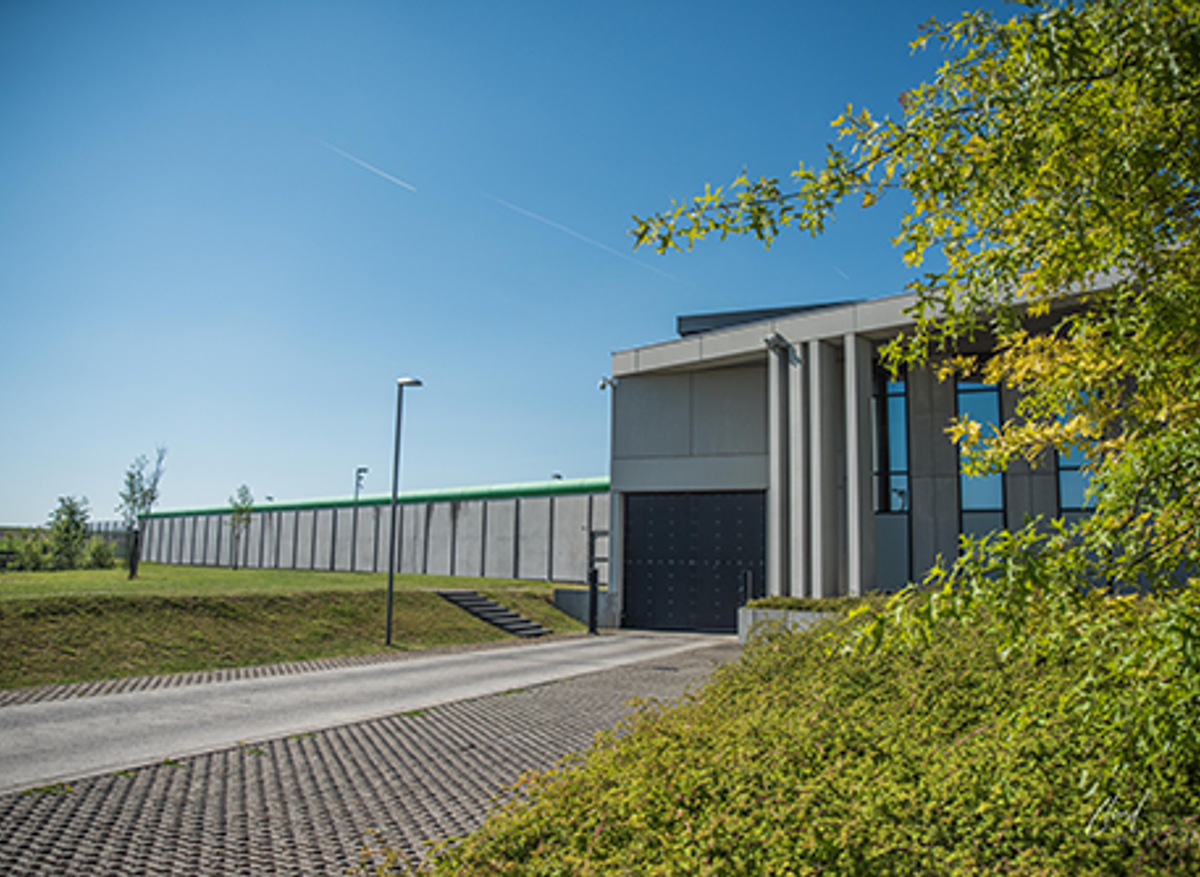
Prison of Leuze-en-Hainaut
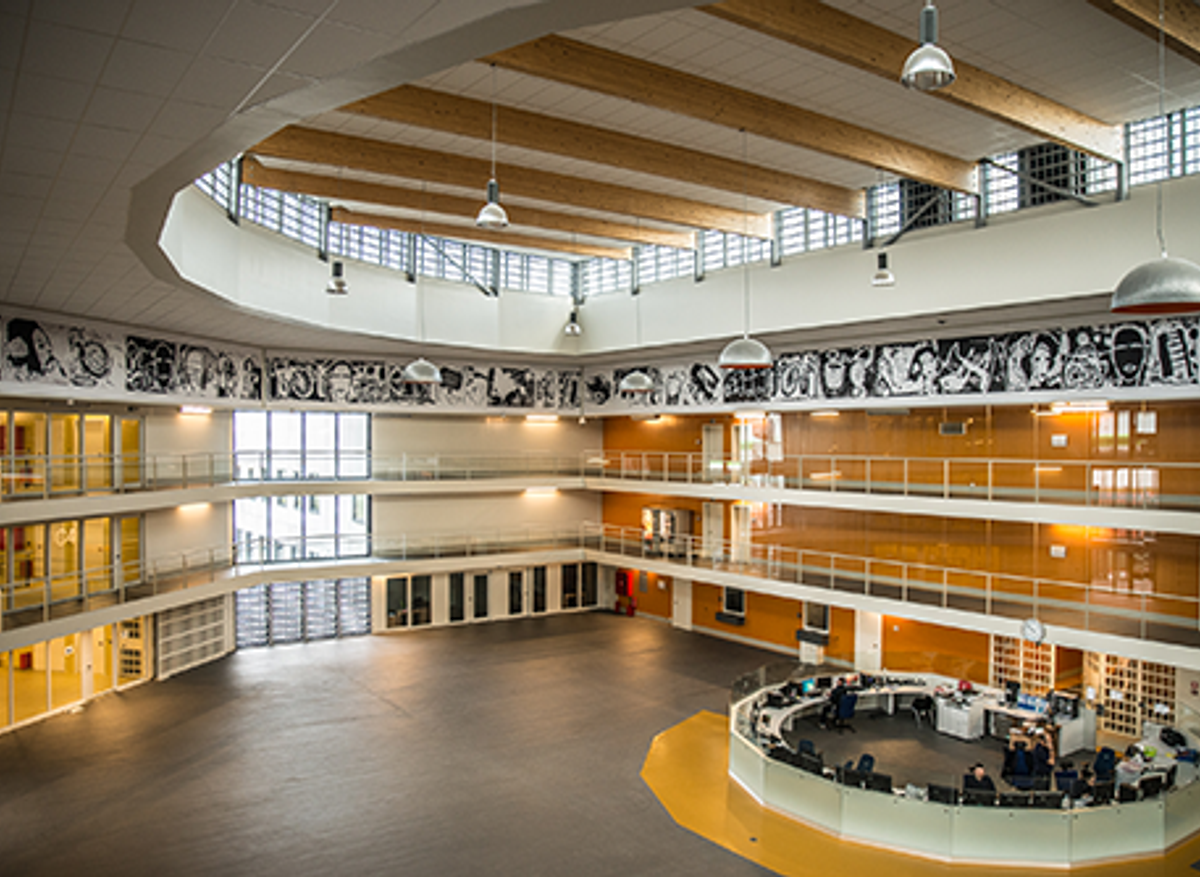
Prison of Leuze-en-Hainaut
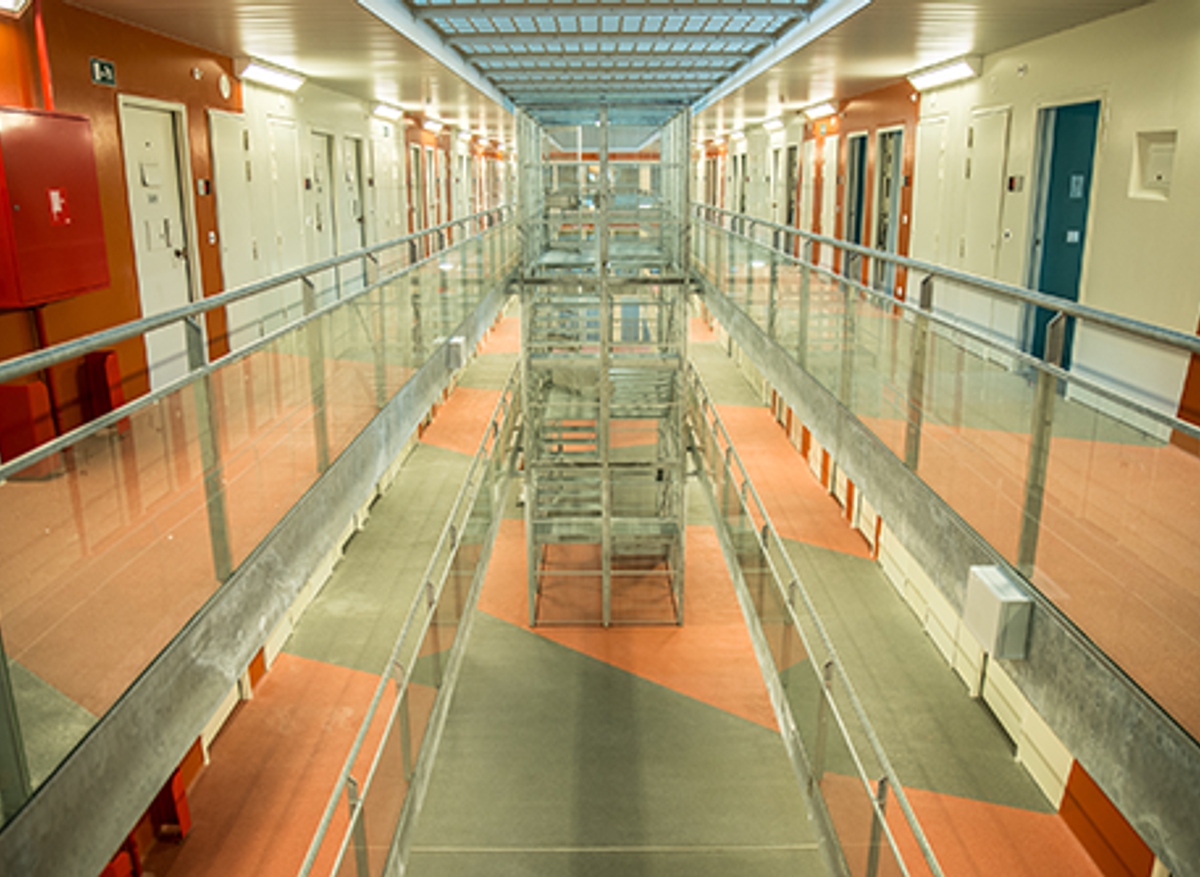
Prison of Leuze-en-Hainaut
Prison of Ittre
-
two sections with a closed regime
-
two sections with an open regime

Prison Ittre

Prison Ittre
